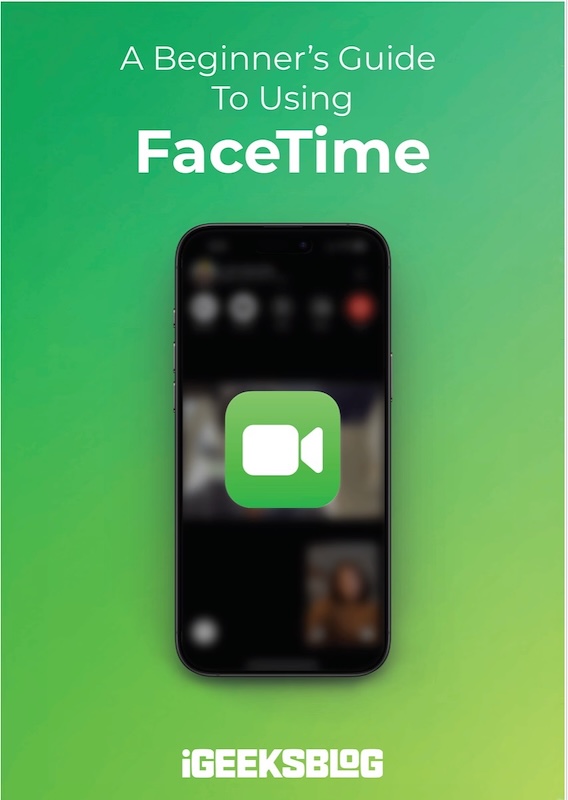
FaceTime Like a Pro
Get our exclusive Ultimate FaceTime Guide 📚 — absolutely FREE when you sign up for our newsletter below.

FaceTime Like a Pro
Get our exclusive Ultimate FaceTime Guide 📚 — absolutely FREE when you sign up for our newsletter below.
iPhone 20 could debut in 2027 with no physical buttons and a sleek, glass-like redesign.
Apple is reportedly gearing up for a radical transformation with its iPhone 20, set for release in 2027, celebrating the product’s 20th anniversary. According to info shared by leaker Instant Digital on Weibo, Apple plans to remove every physical button on this upcoming model, including power, volume, camera, and action controls. These would be replaced by solid-state haptic controls that simulate the feel of pushing a button without actual movement.
The feature has apparently passed functional verification, indicating it’s lined up for mass production ahead of the 2027 release. If accurate, Apple’s shift to solid-state buttons could lead to a seamless glass-like design, marking its most significant iPhone redesign since the iPhone X debuted in 2017.
Solid-state buttons operate differently, there’s no physical movement, rather, they rely on haptic feedback with tiny vibrations to mimic a press. Apple already has this tech in the Home button on certain older iPhones and in Force Touch trackpads on some MacBooks. For the iPhone 20, whispers suggest the use of piezoelectric ceramics alongside AI-driven sound algorithms to ensure these haptics feel realistic and responsive.
With fewer mechanical parts, this transition could mean less wear and tear, offering a more durable frame and a cleaner, unbroken glass appearance. Speculators believe Apple could also incorporate vibration-based sound feedback from the phone’s back or sides to replicate the tactile feel of actual buttons.
This potential redesign aligns with Apple’s ambitions for an edge-to-edge wraparound display that has no bezels or cutouts. Eliminating physical buttons may help perfect a continuous design, where even the sides of the screen respond to touch inputs.
If implemented, the iPhone 20 might echo Apple’s daring past decisions, like phasing out the headphone jack. The company appears set on moving towards an era where hardware elements blend seamlessly into or completely behind the display itself, fitting the narrative of a truly immersive, glass-centric iPhone.
The concept of haptic buttons is not novel for Apple. Previously rumored for the iPhone 15 Pro under an initiative known as Project Bongo, it was shelved late in development. Speculation had revived hopes for its inclusion with the iPhone 16 Pro, yet those plans were likewise scrapped. Now, according to Instant Digital, Apple is ready to reintroduce the concept with the iPhone 20.
The leak further notes that the Camera Control button, which appeared in later models, will undergo a phased transition beginning with the iPhone 18 before fully adopting haptic feedback by the iPhone 20.
Following through with these changes, the iPhone 20 might once again set trends across the industry, paralleling previous shifts like the adoption of Face ID. When Apple initiates a design change, the rest of the smartphone world often follows. A buttonless design could spark a trend toward increasingly minimalist devices.
However, since this information surfaces so far ahead of the launch, it’s possible that plans could modify over time. As it stands, Apple’s landmark iPhone for its 20th year looks to spotlight cutting-edge design and meticulous engineering.
Would this matter to you? Share your thoughts below.